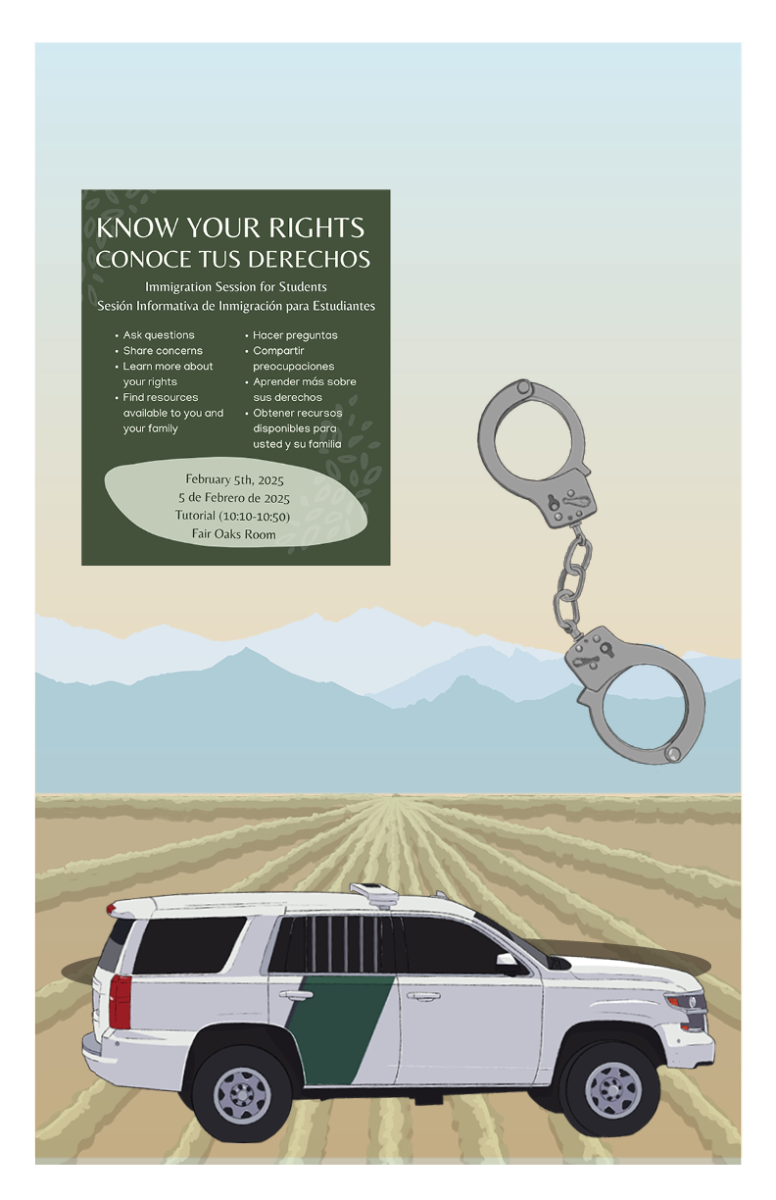As course selection rapidly approaches, some students are having a hard time with selecting their courses for next year. This can be attributed to many factors, such as course load, graduation requirements, a surplus of options and staggered registration slots. AP and honors courses represent a high amount of work, in exchange for potential college credit. For some, this may be a good deal, but for others, the course load is simply too high, especially when combined with the course load of other classes.
To combat this, students must fill out their four-year plan in freshman year, so that they can better understand what courses they want to take. During the course selection period around mid to late January, all students have to look at and revise their four year plan.
“I’m not very stressed about course selection,” FHS sophomore Namar Lamba said, “I [completed] my four year plan in my freshman year, so that I have a proper idea of what I’d want to do in the following school years.”
The four-year plan provides freshmen with a way to plan out their courses for all remaining years of high school. This approach also helps students see their proposed course load and allows them to view their course history at a glance. Most students complete their four-year plan through the provided Google Sheets spreadsheet, which turns green, yellow or red in response to their selected course load. When a student has two or less AP or honors courses in a year, the section for that year stays green. Three AP or honors courses will turn the year yellow, and four or more will turn it red.
“When it comes to course selection, [completing] your four-year plan ASAP is the right way to go because it removes stress, when the time comes, for course selection,” said Lamba.
Students also have access to their school’s course catalog and the district course selection guide. The course selection guide, provided by the district, gives an in depth overview of all courses across all five high schools in the district while the course catalog is different across all five high schools and provides a list of all current course offerings, along with other useful information such as the UC/CSU a-g requirements, what grades a student has to be in to take the course, and a list of sports and what season they correspond with.
In addition to college prep courses, students have the opportunity to take honors and AP courses as well. Honors courses present a faster pace, more course load, and more topics covered in the same time as regular college prep courses. This allows students to challenge themselves in exchange for a potential GPA boost if they get a C or greater.
AP courses are college-level that present an extremely high difficulty to students, with high homework loads, fast paced courses and advanced, college-level content. Students can also choose to take AP exams in May, which test students on what they’ve learned and have a score between 1 and 5. Students that score a 3 or higher on an AP exam can get credit or placement at most universities. Obtaining college credit for an AP exam lets students start college with some credits already, allowing them to be closer to graduation. On the other hand, placement allows students to place out of the correlating college course, allowing them to take more advanced courses earlier in college, saving students time and money.





















